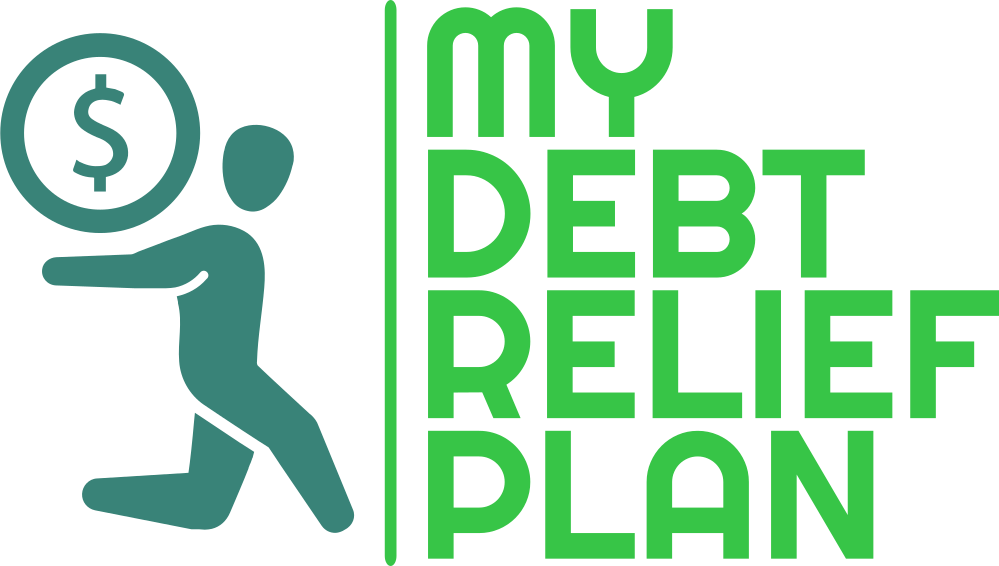Consolidation Plus: Our 7 Rules for Balance Transfer Cards
At Consolidation Plus, we recognize the value in using balance transfer cards to consolidate outstanding unsecured debt from credit cards. Worrying each month as multiple credit card payments loom larger and larger is no way to live. Before (or after) you talk to a Consolidation Plus rep, you may want to consider a balance transfer card to help lighten the load.
Used correctly, balance transfer cards help you consolidate your bills, making them easier to track. They also give you an opportunity to pay your balance off within a low or no-interest introductory period, which gives you a chance to save money in interest.
Used incorrectly, balance transfer cards are a short-term fix for a deeper problem—overspending. In this case, a personal loan from Consolidation Plus along with credit counseling might be your best option.
We’ll outline seven rules to help you use your balance transfer card the right way.
1. Compare terms
Just as you would when you shop for a traditional credit card, it’s vital to compare terms on a variety of balance transfer cards. Read all about the features of the cards as well as the fine print. Ensure that you can actually transfer the balance of your credit cards to the balance transfer card by reviewing your credit card’s policy and the balance transfer card’s policy.
2. Watch out for fees
Again, similar to traditional credit cards, balance transfer cards have annual fees, balance transfer fees, and interest fees that might not be apparent at first glance. You’ll especially want to look out for balance transfer fees as these are sometimes calculated based on the amount of your balance. For people with large balances, this could be a substantial fee.
3. Transfer the costliest debt first
Depending on how much credit card debt you have, you might exceed the balance transfer card’s limit. This means you must be strategic about which debt you transfer. Find out which of your credit card providers is charging you the highest amount and start with transferring that debt first.
Generally, this will be the credit card with the highest interest rate, but the amount of the balance is important too. If you’re paying a relatively high-interest rate on one card, but the balance is low, you might be better served by transferring the larger balance first. Just be careful if you’re in danger of racking up a large balance on the high-interest rate card, as it can quickly snowball.
4. Be strategic in your debt-payoff plan
Armed with a zero (or low) interest rate promotional period on your balance transfer card and a strategic plan, you stand a good chance of making a big dent in your debt. By continuing to make payments on the balance transfer card, you’ll be paying down the balance instead of just covering the monthly interest payments.
Try to pay as much of the balance as you can before the promotional period ends because interest will start to build up again. If you fail to do so, you’ll end up in a worse position than when you started and you’ll find it more difficult to get another balance transfer credit card.
5. Avoid any more debt
It should go without saying that you don’t want to add more debt even if your card charges no interest on new purchases. Additional debt will hamper your repayment plan.
Vice president of Freedom Financial Network, Kevin Gallegos says, “If you’re considering a balance transfer because you’re living beyond your means, overspending may be an issue to deal with.” In other words, you need to address your spending habits before you’ll have any chance to get out of debt.
Otherwise, the balance transfer card is not so much a debt repayment tool as it is a short-term fix for a long-term problem.
6. Build credit
If you’re buried under a pile of interest payments each month, building credit may be the last thing on your mind. But avoid closing your accounts with old credit cards. By keeping those accounts open, you’ll show that you’re using a lower percentage of your available credit and that can help your credit score.
And a good credit score is vital to get personal or consolidation loans from companies like Consolidation Plus.
To avoid your accounts being closed by the provider, set up any small, automatic payments you make on the old card. And be sure to monitor the account for any additional charges so you aren’t incurring any unauthorized charges.
7. Pick up the phone
It’s easy to get overwhelmed when you’re researching online. Whether you’re researching a balance transfer card’s features or your interest rates, don’t be afraid to pick up the phone and call. They have people on staff to answer any questions you may have.
If you’re considering a balance transfer card, you may also want to consider a Consolidation Plus loan. These loans are available for eligible consumers to help pay outstanding unsecured debt. You may be able to use the proceeds of your Consolidation Plus loan to help pay off as much of your balance as possible during the introductory period.
Ultimately, everyone has different needs so you’ll have to consider what works best for you, given your personal circumstances. In the meantime, take heed of our balance transfer card rules and you’ll be on your way to being debt free.



